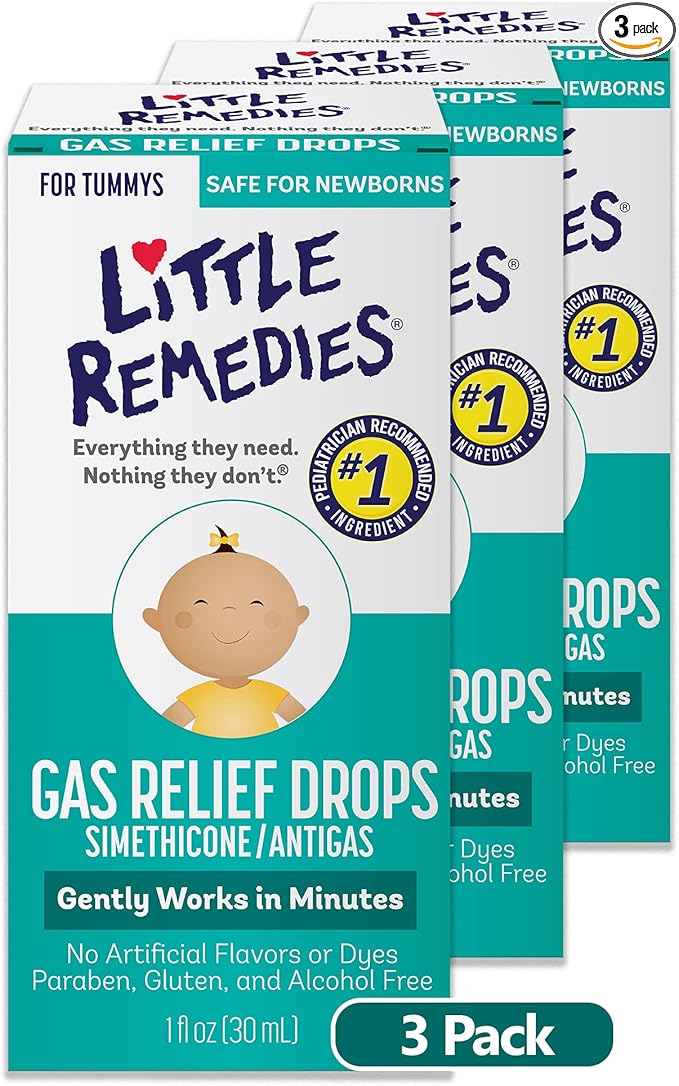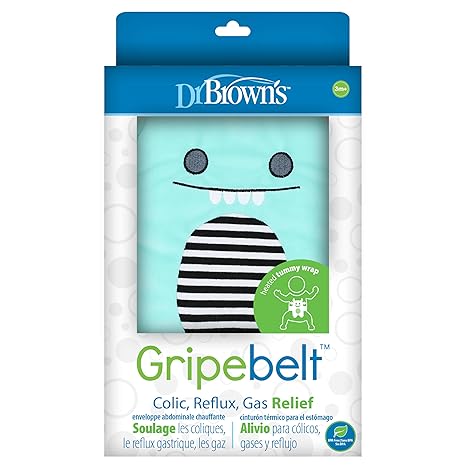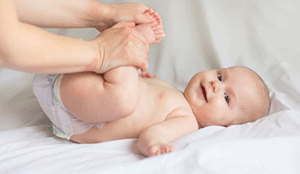Gas pain can be distressing for both babies and parents. It’s a common issue, but there are several strategies you can employ to ease your baby’s discomfort.
Other Topics You Might Like
Helpful Products You Might Like

Little Remedies Baby Gas Drops

Mamaearth Easy Baby Tummy Roll On for Digestion

Dr. Brown's Gripebelt Heated Belly Band For Baby Gas
"(Paid Links)" 
Understanding Gas Pain
Gas pain in babies is usually due to gas accumulation in the digestive system. It can be caused by swallowed air, digestive issues, or even dietary changes if the baby is on formula or solid foods. The pain can cause your baby to cry, fuss, and seem uncomfortable.

Feeding Techniques
How you feed your baby cancause gas pain. For breastfed babies, make sure they latch on properly to reduce the amount of air they swallow. If your baby is bottle fed, choose the bottle specially designed to minimize air intake and hold it at an angle to keep the milk-filled nipple.
Burping Your Baby

Burping helps release the trapped air that causes gas pain. Burp your baby after every 2-3 ounces of formula or after a feeding session if breastfeeding. There are several burping positions to try.
Over the Shoulder
Hold your baby upright against your shoulder and gently pat their back.
Sitting Up
Sit your baby on your lap, supporting their chest and head, and gently pat their back.
Face Down
Lay your baby on your lap, tummy down, and gently rub or pat their back.
Tummy Time
Regular tummy time can help your baby’s digestive system by encouraging movement and helping to release trapped gas. Place your baby on their tummy while they are awake and supervised. This position can stimulate the digestive tract and help move gas through the intestines.
Gentle Massage
A gentle tummy massage can be soothing and help relieve gas pain. Use your fingertips to make circular motions on your baby’s abdomen, moving clockwise. This can help move gas through the digestive tract. Additionally, the “I Love You” massage technique involves stroking the baby’s tummy in the shape of the letters I, L, and U to relieve gas.
Bicycle Legs Exercise
Lay your baby on its back and gently move its legs in a cycling motion. This exercise mimics the movement of pedaling a bicycle and can help release trapped gas.

Warm Bath
A warm bath can relax your baby’s muscles and alleviate gas pain. Ensure the water is comfortably warm, not hot, and always supervise your baby during bath time. The warmth can help to relax the abdominal muscles and ease discomfort.
Monitor Your Diet (If Breastfeeding)

If you’re breastfeeding your child, some foods in your diet may contribute to your baby’s gas. Monitor your diet, make adjustments if necessary, and consult a pediatrician for personalized advice.
Consider Probiotics
Probiotics can be beneficial for your baby’s digestive health. Some studies suggest that probiotics may help reduce gas and colic in infants. Consult with your pediatrician before introducing any new supplements or treatments.
Seek Professional Advice
If your baby’s gas pain is severe, persistent, or accompanied by other symptoms such as fever, vomiting, or changes in bowel movements, consult your pediatrician. They can help determine if there are underlying issues and recommend appropriate treatments.
